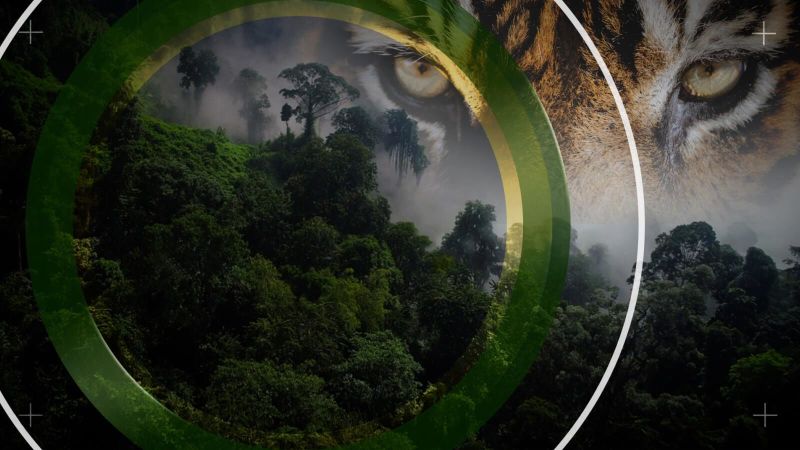"Real-Time Tiger Alerts in India: AI-Enabled Cameras on the Prowl!
 In a pioneering step towards protecting its tigers, India has implemented artificial intelligence (AI)-enabled cameras in its national parks to detect and monitor the endangered species in real time. Such specialized digital pan-tilt-zoom (PTZ) cameras are located in select areas of higher tiger density, and have been set up to detect tigers even in low-visibility conditions, such as fog or night.
The project, developed jointly by the Wildlife Institute of India (WII) and Smart Wildlife project, has been successful in detecting an anomaly in the monitored area within seconds. This saves resources and time that would have otherwise been spent carrying out more detailed and labor-intensive operations to look for the tigers.
Upon detection of an anomaly, the user receives an alert, along with the camera’s live stream view and data, such as the animal’s location. This enables the user to make a timely intervention for the protection of the animal.
The AI camera model has the ability to differentiate among multiple species, enabling easier detection of not just tigers, but also other animals in the monitored area. This makes it easier for policy makers and other stakeholders to make informed decisions about the conservation of the species.
In addition to this, the AI camera system also helps in charting out the behavior of tigers in the particular environment. This provides valuable insight for conservationists, who can use the data to identify which areas are more vulnerable to poaching and other human-related threats.
The AI-enabled cameras are a giant leap forward in India’s efforts to preserve its tigers, and the country’s commitment to the cause has been lauded by many conservationists in its wake. Such a commitment not only guarantees the safety and protection of the endangered species, but also demonstrates the power of technology to drive meaningful change in the world.
In a pioneering step towards protecting its tigers, India has implemented artificial intelligence (AI)-enabled cameras in its national parks to detect and monitor the endangered species in real time. Such specialized digital pan-tilt-zoom (PTZ) cameras are located in select areas of higher tiger density, and have been set up to detect tigers even in low-visibility conditions, such as fog or night.
The project, developed jointly by the Wildlife Institute of India (WII) and Smart Wildlife project, has been successful in detecting an anomaly in the monitored area within seconds. This saves resources and time that would have otherwise been spent carrying out more detailed and labor-intensive operations to look for the tigers.
Upon detection of an anomaly, the user receives an alert, along with the camera’s live stream view and data, such as the animal’s location. This enables the user to make a timely intervention for the protection of the animal.
The AI camera model has the ability to differentiate among multiple species, enabling easier detection of not just tigers, but also other animals in the monitored area. This makes it easier for policy makers and other stakeholders to make informed decisions about the conservation of the species.
In addition to this, the AI camera system also helps in charting out the behavior of tigers in the particular environment. This provides valuable insight for conservationists, who can use the data to identify which areas are more vulnerable to poaching and other human-related threats.
The AI-enabled cameras are a giant leap forward in India’s efforts to preserve its tigers, and the country’s commitment to the cause has been lauded by many conservationists in its wake. Such a commitment not only guarantees the safety and protection of the endangered species, but also demonstrates the power of technology to drive meaningful change in the world.
If you would like to delve into the world of investment topics , go to our partner project Wall Street Wizardry


